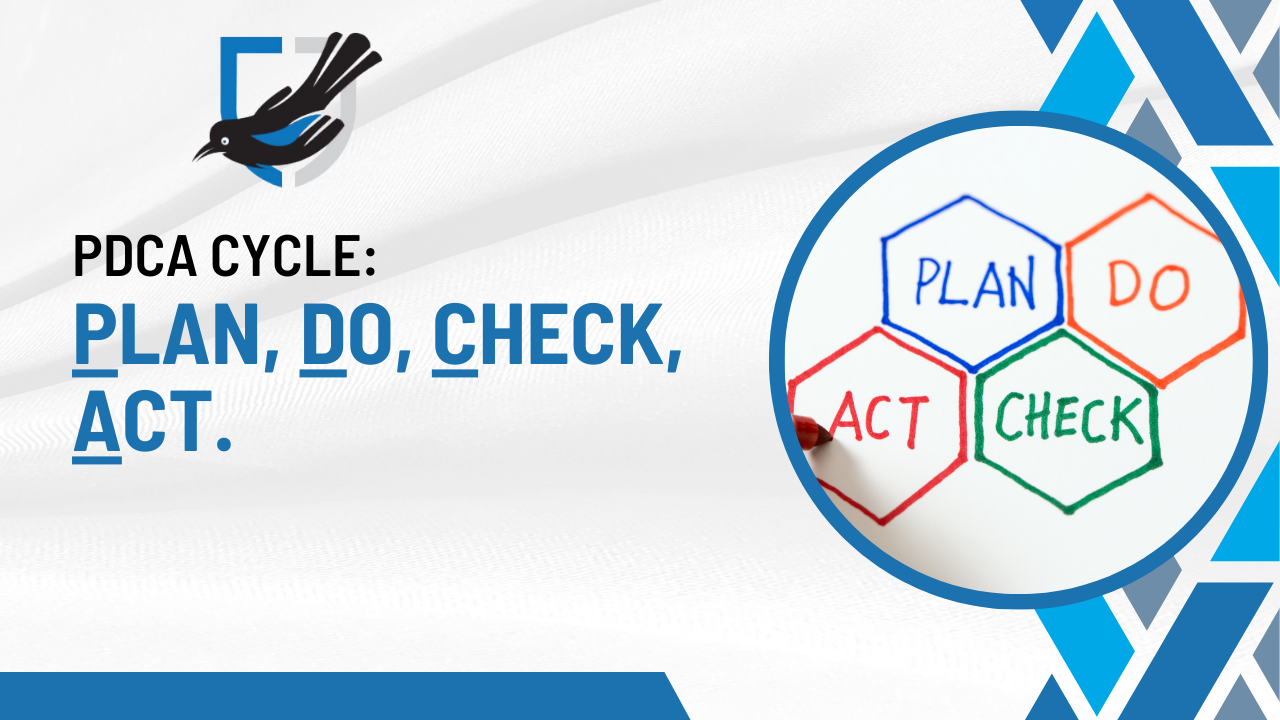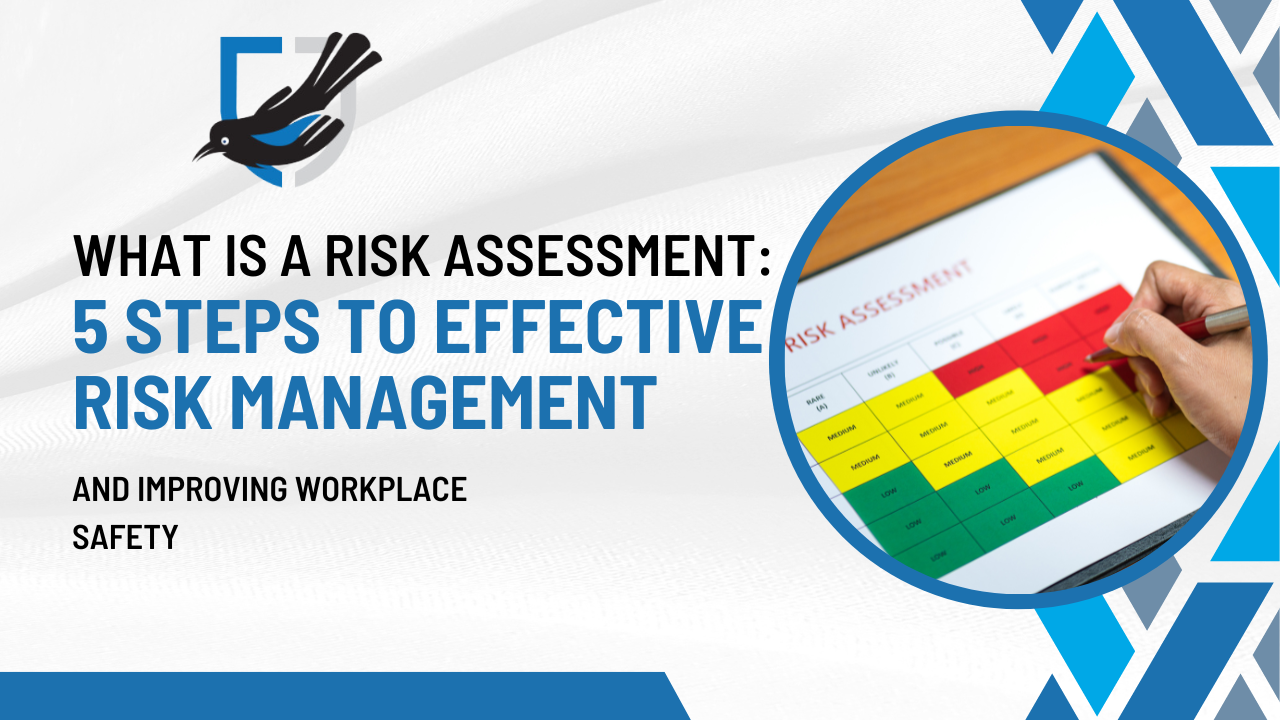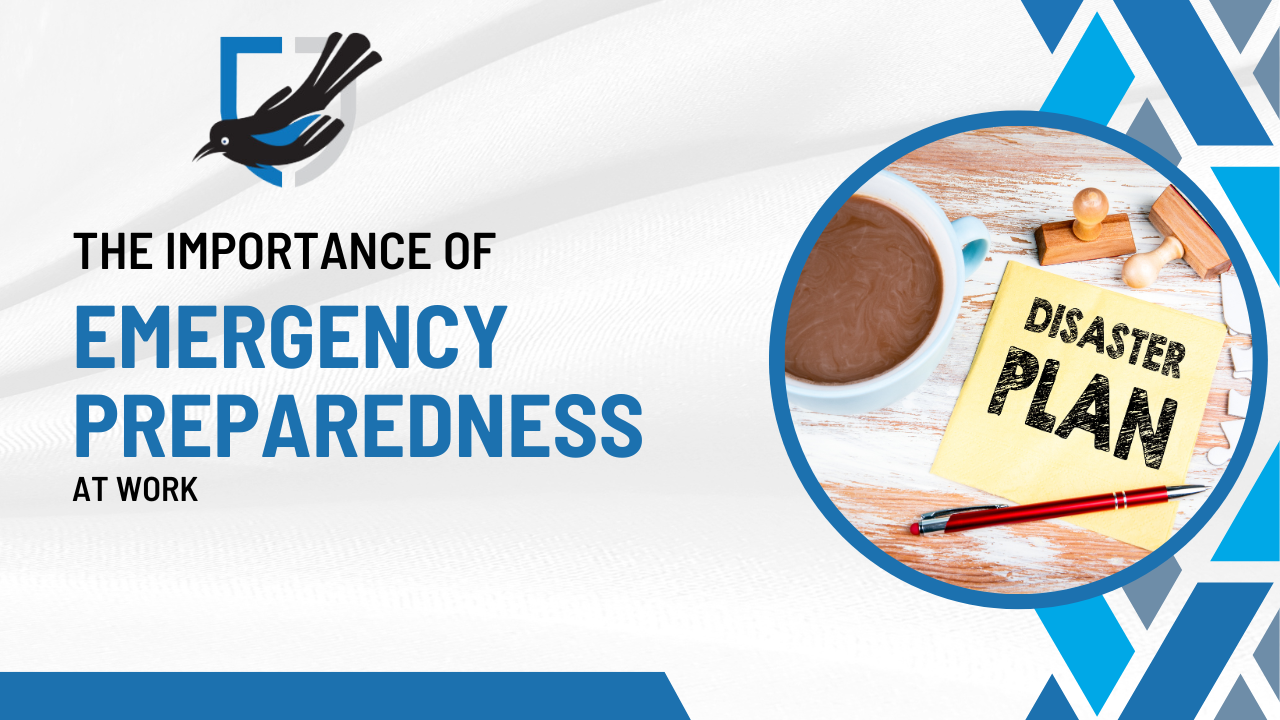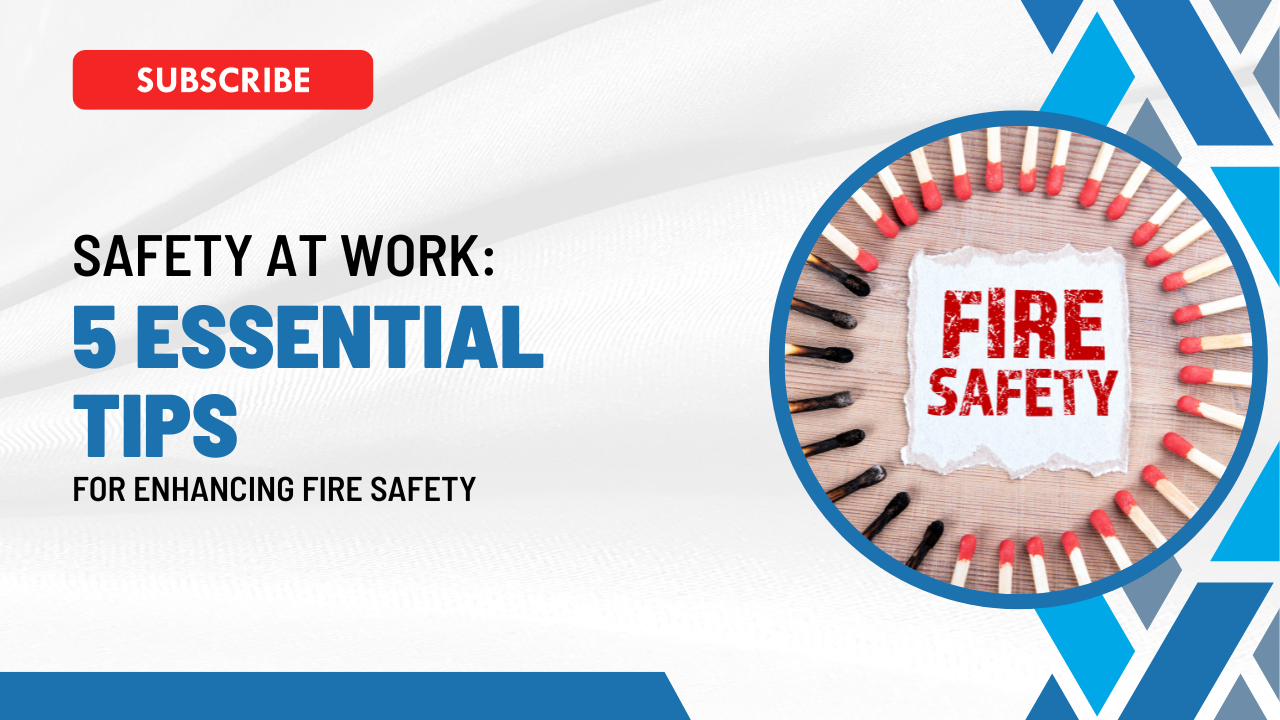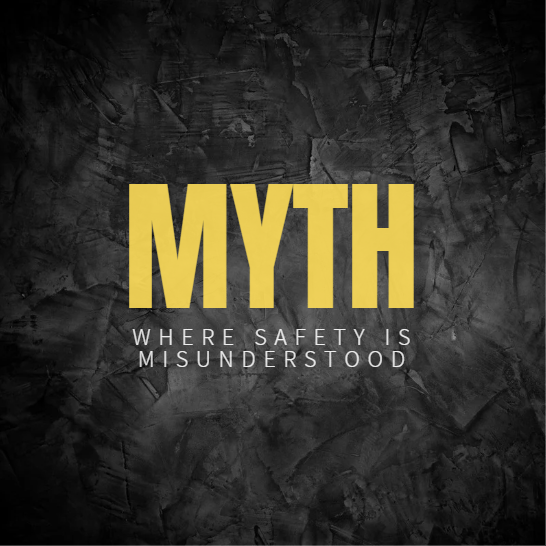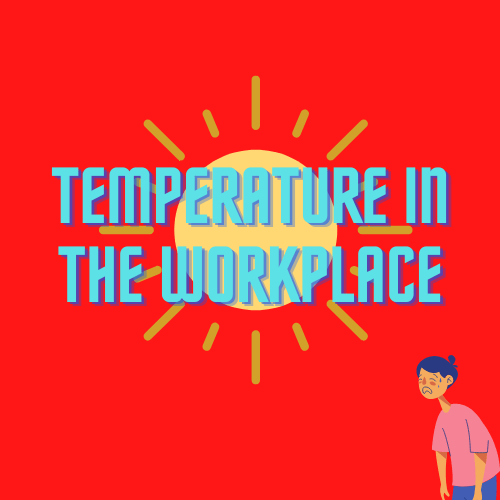6 tips for safety planning
Samuel Perkins • 15 November 2022
Planning is a key stage of managing safety. Here's how to get it right
There are various steps in which safety is managed which are explained in our article for managing for safety. This article will guide you through the PLAN stage in more detail to help ensure that you get things right.
- Identify the risks - Every workplace has hazards that poses a risk to workers or even the public. Whether it's slip hazards in a shop or substance hazards for engineers, every job and workplace will have a hazard. Identifying the hazards will help lower the risks to yourself and help you train others in lowering the risk and avoiding the hazards that have occured.
- Learn your industry compliance standards - Every industry will have a compliance standard. Like with identifying the risks, different industries will have different standards to comply to. Examples of this include... an initial compliance audit. Tracking of any previous violations and budget monitoring for compliance. Creation of a dedicated compliance team. Implementation of company policies and procedures.
- Develop a process - The processes that have been decided on will need to be communicated amongst employees. Many are required to have a written plan. Emergency action, fire prevention, electrical safety are all examples that require written plans. These plans will highlight the responsibilities of all employees within the workplace.
- Educate employees - This has already kind of been covered in the other steps, but it can't be stressed enough that everyone needs to be aware of the risks and hazards within your workplace and take responsibility in taking due care for safety. Them not knowing or not having the adequate training to avoid the hazards are all on the employer. The consequences could be severe without it.
- Enforce and evaluate your plan - Once the other stages are done you can enforce the plan. This plan should be communicated with everyone and agreed upon before enforcement. Routine safety audits and annual training sessions are great ways to begin enforcing safety rules
- Be prepared for the unexpected - Even with the greatest plan in place, unexpected incidents and accidents can happen out of anyone's control. It is impossible to plan for everything and is only a matter of time before something goes wrong even if the incident is minor. If it's an employee injury have a plan for where to take them and how to deal with the injury. Have an evacuation plan if there is a sudden electrical or gas issue. Handling incidents with due care will help you avoid any worker compensation claims.
Hopefully these steps will help put in the right direction when it comes to constructing your safety plan. This can be difficult, and we can help implement your businesses plan with one-to-one communication and advanced knowledge on the matter. Make sure to contact us to get a free quote.

Explore the crucial role of fostering positive employee-employer relationships in creating a safe and healthy workplace. Learn how encouraging reporting, enhancing compliance, building a strong safety culture, and supporting mental well-being can improve overall health and safety in your organisation.
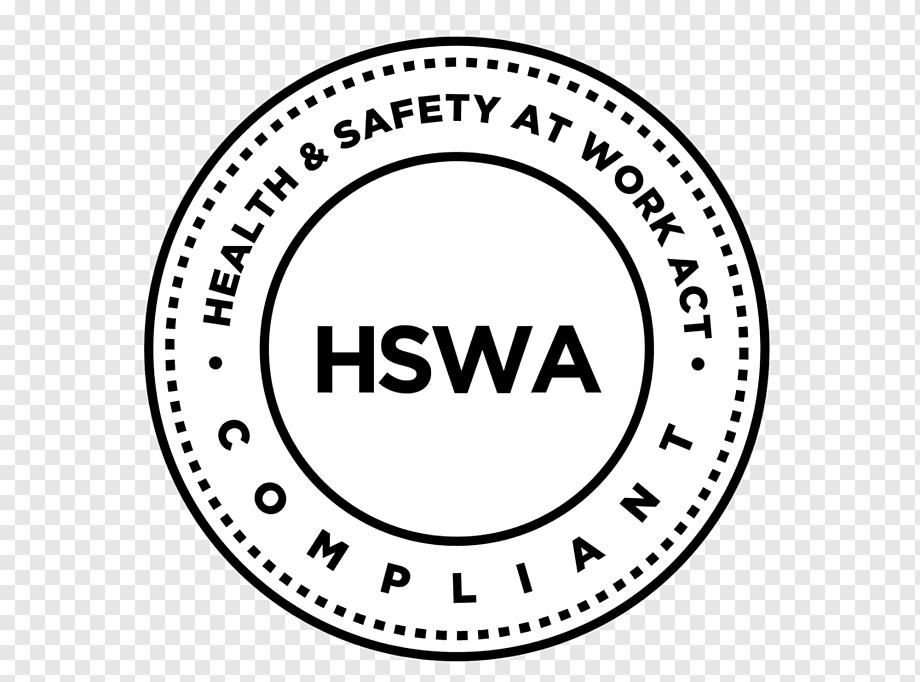
we delve into the intricacies of the Health and Safety at Work Act, the primary legislation governing workplace safety in the UK. Employers play a crucial role in upholding their legal duties and protecting their workforce from potential hazards. Learn about conducting risk assessments, implementing control measures, and fostering a safer work environment to ensure compliance and enhance workplace welfare. Discover how understanding and adhering to the HSWA can create a secure and healthy workplace for all.

Stress is a constant factor in the workplace and studies have shown that the effects of long-term stress can impair performance and diminish health. While it can be difficult to identify signs of stress in others, there are some clues you should look out for. Read on to learn more about identifying and managing work-related stress. A ‘stressed workplace’ is not an uncommon scenario, especially in work environments with high turnover rates or a big workforce. Many causes of such work-related stress include heavy workloads, conflicts with co-workers or bosses, job insecurity and long hours. When employees are experiencing stress, it can have many negative impacts on the workplace. This involves things such as, increased absence and a decrease in creativity and productivity, also offsite, one may struggle with anxiety, depression, sleeping and breathing difficulties. Things to look out for as an employer: changes in an employee’s normal behaviour general unpredictability raised irritability poor team mentality being more withdrawn then usual uncharacteristic behaviours Change in their appearance. Sudden Lack of concentration/commitment All these things are potentially things which could lead to disciplinaries and in some cases firings. To prevent this from happening, employers have created detailed human resource policies that outline specific procedures for identifying and managing stress at work.

